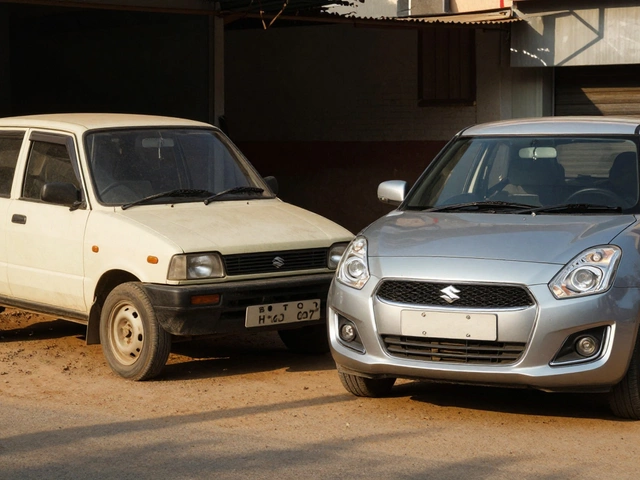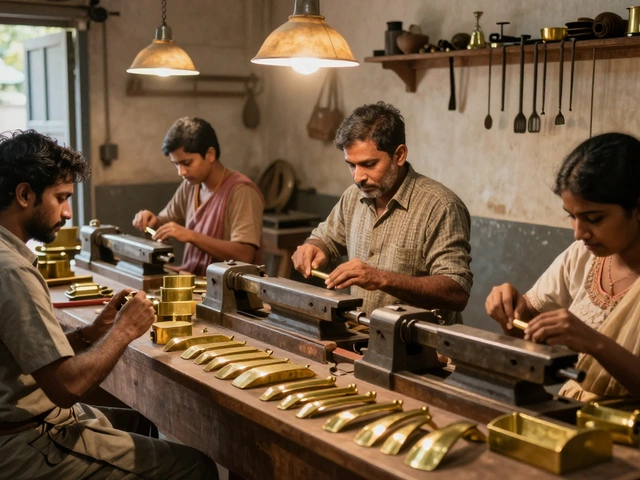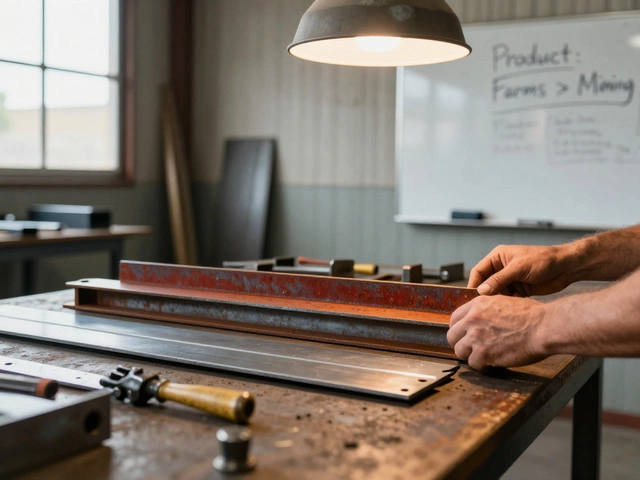Economic Success: Real Tips You Can Use Right Now
If you’re chasing economic success, you probably have a mix of big‑picture goals and day‑to‑day challenges. Whether you run a factory, a tiny start‑up, or you’re just looking to flip items for profit, the right strategy can turn a modest effort into a solid win.
We’ve gathered the most useful ideas from our latest articles – from pharma hubs to furniture imports – and boiled them down to actions you can start today.
Focus on the Three Pillars that Actually Move the Needle
Manufacturing success still rests on three simple pillars: production efficiency, product quality, and market demand. Think of them as a three‑leg stool; lose one leg and everything wobbles.
- Production efficiency: Use the 5 M’s – Man, Machine, Material, Method, Measurement – to spot bottlenecks. Small tweaks, like aligning machine maintenance schedules with shift changes, can shave hours off a batch.
- Product quality: A single defect can ruin a brand’s reputation. Implement a quick visual inspection at the end of each line and train operators to flag oddities before they become costly re‑works.
- Market demand: Don’t build what nobody wants. Our “Highest Demand Product Ideas for Manufacturing Startups” piece shows that smart home accessories, sustainable furniture, and specialty textiles are hot in 2025. Match your capacity to these trends.
Turn Niche Opportunities into Profit Machines
Economic success isn’t only about scaling big; sometimes the biggest gains come from low‑competition niches. Look at the “Industries with Low Competition” article – sectors like biodegradable packaging or regional pharma manufacturing have room to grow.
For example, the pharma hub battle (Baddi vs Hyderabad vs Gujarat) reveals that Baddi leads in sheer capacity, while Hyderabad excels in R&D and APIs. If you can supply a component that fits Hyderabad’s R&D pipeline, you tap a high‑margin market without fighting Gujarat’s export giants.
Another easy win: flipping high‑ROI items. The “Most Profitable Item to Flip in 2025” guide points out that limited‑edition sneakers and vintage tech often yield 200‑300% returns when sourced from clearance sales and sold on platforms like eBay.
Importing can also be a shortcut to success. Our “How to Import Furniture from India to the USA” and “Is Importing a Car to India Cheaper?” posts break down customs, duties, and hidden fees. Knowing the exact cost before you ship means you can price competitively and avoid nasty surprises that eat profit.
For small‑scale entrepreneurs, budgeting matters. The “How Much Money Do You Really Need to Start a Small Scale Business in 2025?” article shows that a realistic startup can launch with as little as $15,000 if you prioritize essential machinery and limit rental space.
Finally, don’t forget the power of smart positioning. The “Why India Isn’t the World’s Manufacturing Hub” piece explains that red tape and power cuts are still barriers, but regions with proactive government schemes (like Karnataka’s tax incentives) can give you a leg up.
Bottom line: economic success comes from pairing solid operational basics with savvy market moves. Check the posts on our site for deeper data, then pick one or two actions that fit your current resources. Apply, measure, adjust – and watch the numbers improve.
Can the US Economy Thrive Without a Robust Manufacturing Base?
The US economy, known for its innovation and services sector, faces a pivotal question: Can it continue to prosper without a strong manufacturing base? With globalization and technological advancements reshaping traditional industries, the reliance on manufacturing is under scrutiny. This discussion explores the role of government schemes and policies in either revitalizing or further drifting from manufacturing dependence. Understanding this dynamic is crucial for economic strategy and future growth.
Read More




